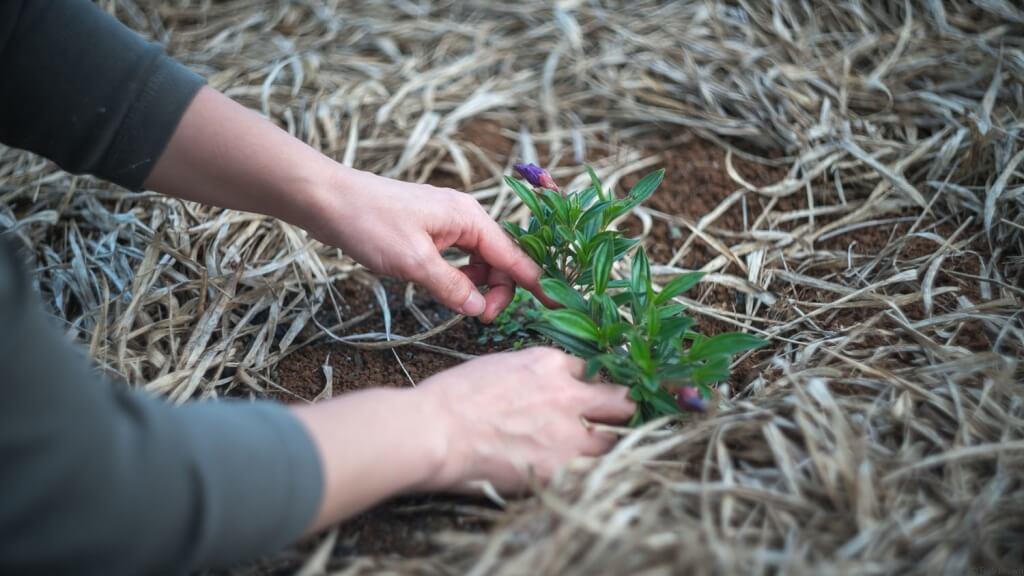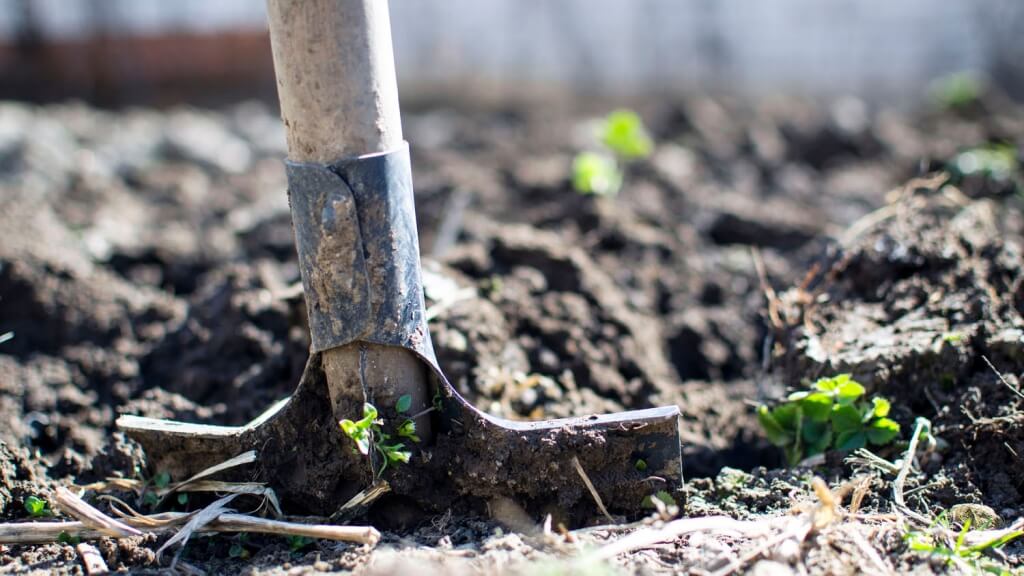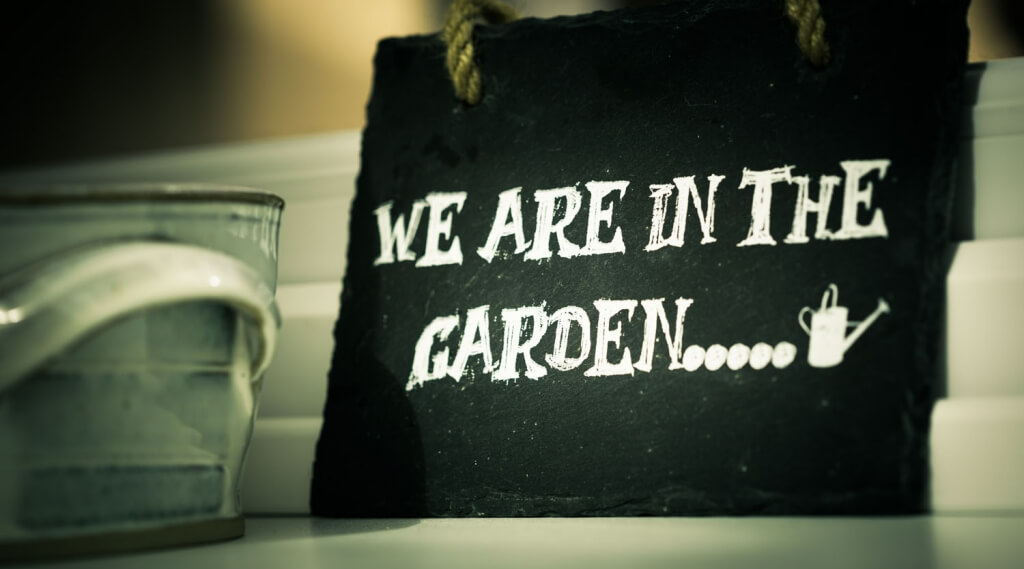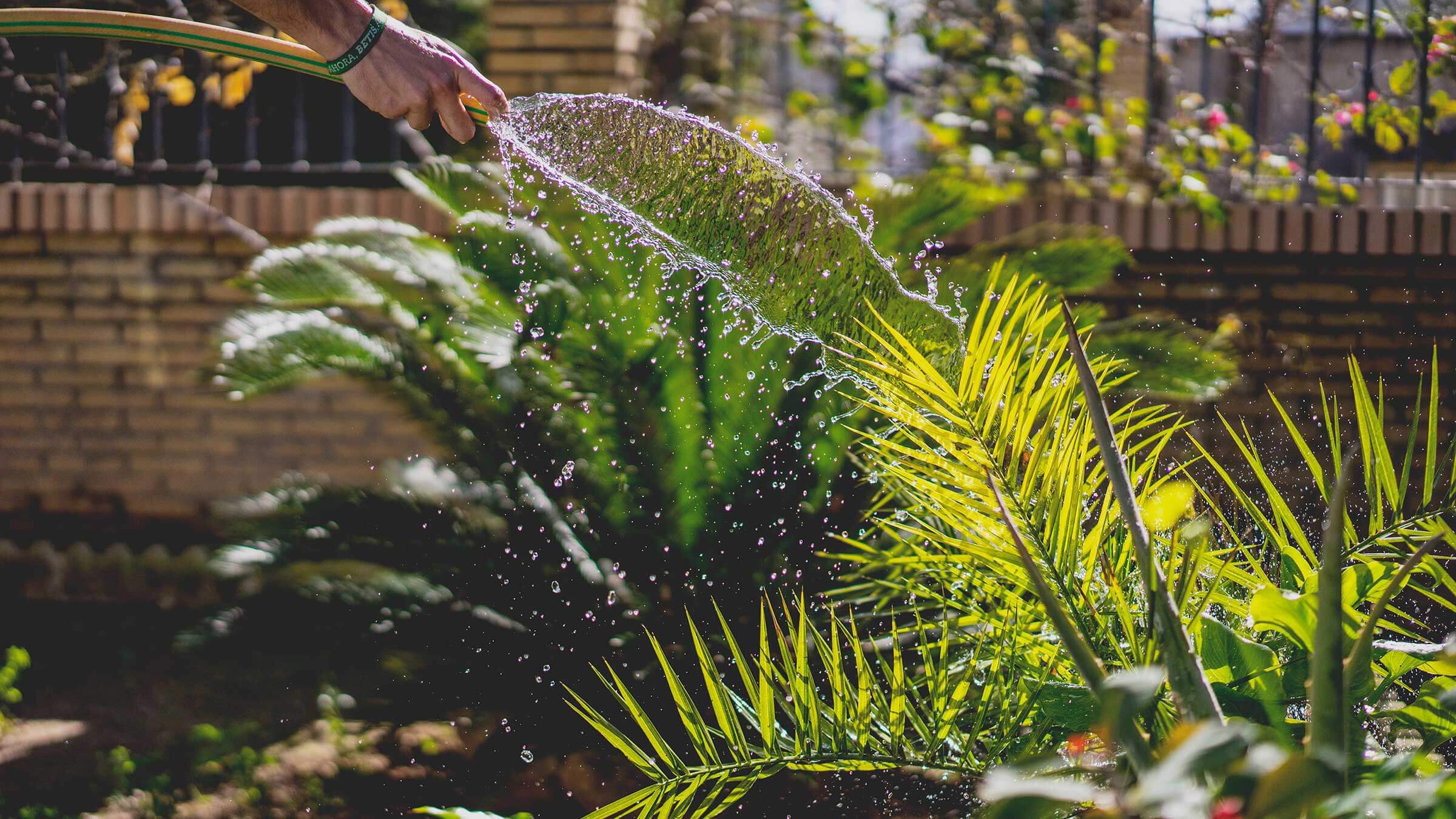We’ve all done it. It’s something universal that connects all of us. Yes, you too.
We can be walking along, lost in our own thoughts – places to get to, things to do, people to contact, and then without realising it we’ll stop and stare. The object of our gaze will usually be some anonymous, unkempt, unloved patch of ground. It might be covered in dirt with just a few hardy weeds, or it could be littered with garbage – maybe even building rubble or an abandoned car. Truth be told, it’s the kind of spot that you’d normally stroll past without thinking, maybe even quickening your step as you do so, but sometimes it catches your eye – demands your attention, in fact. More than that, it probably makes you wonder: Why is it such a mess? Why do people just leave it like that? Why does it have to be like that? Who owns the land? Why doesn’t someone ever do something about it?
We’ve all had those thoughts, we’ve all reflected for a short moment and then walked on and carried on with our day. However, occasionally someone walks by and pauses just a few seconds longer and adds one crucial question to the list: Why couldn’t I do something to help?
If you’ve ever felt that, then maybe you’ve considered starting a local community garden. For all of you, and for everyone else who has at least paused and stopped to think, we present our list of the simple steps to consider when planning your own community garden – and the good news is that’s it’s easier than you probably think.
1. Strength In Numbers
You’re not alone. If you’ve noticed that sorry patch of land, then rest assured so have most of your neighbours. Why not knock on a few doors and ask people what they think? Or, if you fancy yourself as Mr or Miss PowerPoint 2017, you could design a simple flyer and drop it in local mailboxes – at least two or three streets’ worth.


2. Meeting Point
Calling your first meeting is the most tangible step towards putting your idea into action. Looking out on a room of friendly faces, all nodding in agreement as you explain your idea, will be a huge boost to your motivation. You’ll also be impressed by the variety of faces looking back at you; a love of nature and a deeply-held desire to make a difference in some way – any way – is something that crosses gender, age, ethnicity, religion, sexual orientation, wealth or any other tired, overused label. Your community garden really is going to be a reflection of your community.
3. A Winning Team
Now, while you might have had the vision to try and do something about your local eyesore (well done again!), it pays to recognise your own limitations. This is bigger than you now, and you should create an action committee at the end of your first meeting. You’ll be struck by the know-how and expertise that your community is home to. Draw on those hidden strengths and agree on tasks for everyone to follow up on. (Oh, and remember that your meeting should be fun. If the amount of coffee and cake you offer isn’t in proportion to the number of clipboards and calculations, then you almost certainly have a problem. Seriously.)
4. The Power Of Words
You remember that sorry scrap of wasteland? Let’s forget the idea of neighbours and committees for a second and go right back to the beginning. The easiest way to start giving that unloved land some dignity is to give it a name. Deny someone or something a name and it becomes lost – an anonymous statistic or, worse, completely invisible. Well, that’s not happening here. Not under your watch. Instead, it’s time to say hello to the eminently more auspicious ‘Small Wonder Amusement Garden’. Okay, okay, we know you can do much better than that, but you get the idea. Even if the land is barely big enough to put up a tent on, give it a name and people will start to see it in an entirely new way. Don’t believe us? Try it and see, you’ll be surprised.
5. Big Brother Is Watching
Your newly formed community group shouldn’t stay a secret for long: the only plot here should be the garden itself. As soon as you’ve met, formed a group and decided on your agenda, it’s time to contact the authorities, go public and let them marvel at your SWAG (Small Wonder Amusement Garden, keep up). Seriously, this step simply can’t be ignored. As much as anything else, you will have a list of questions that need answering. Who does the land belong to? Is the land safe or is it contaminated in some way? Who, if anyone, is responsible for maintaining the land? These and other questions need to be answered and openly discussed.
This is the point where you need to sell your shared vision for the land and how it could benefit the entire community. Chances are, the authorities will be surprised and grateful at the prospect of beautifying the neighbourhood with a zero-cost workforce. Don’t be deterred if they aren’t immediately receptive. It’s amazing how quickly a few interviews in local newspapers and petitions signed by hundreds if not thousands of voters can change the opinions of public officials. In the rare case that your dream falls at the first hurdle, then there’s always the prospect of guerrilla gardening and a few well-aimed ‘seed bombs’.
6. Business As Usual
So, it actually worked: the authorities have bowed before the unquestionable genius of your proposal, and the garden has been formally approved. Congratulations, you’re the hero of the neighbourhood. Everyone knows your name, you’ll never have to buy a drink again in your corner bar or coffee house, and couples are naming their firstborn child after you. Even strange dogs wag their tails when they see you on the street. Sorry, think again. This is where the real work begins.
All those big dreams and the shared enthusiasm of the community now need to be redirected into the physical, sometimes back-breaking slog of converting a post-apocalyptic wasteland into a flowering vision of loveliness. But don’t be daunted. As before, you have strength in numbers, and it’s inspiring to see how hard people can work when they see others who are equally committed. The key is to find a role for anyone that wants to help. If someone is too frail, then they can help plan rotas and schedules. Kids can be given tasks, too, as can people with learning difficulties. If someone is willing, but insists that they don’t have green fingers, then give them some pointers. If all else fails, they can still organise drinks or bake cakes. (It’s a recurring theme, but you really do always need cake.)


7. Back To The Roots
Alongside mobilising your workforce, now that you have permission to start your garden, you also need to decide what to grow. Again, this needs to be an expression of the community. You’re not aiming for a Gold Medal at the Chelsea Flower Show – although on second thought, that might be nice. Instead think about what plants and arrangements will put a smile on people’s faces as they go past. Remember those rueful, disappointed glances from passers-by? You’re now striving for the exact opposite. Oh, and don’t forget strawberries. Just like cake, you always need strawberries. Picture neighbourhood kids gleefully nibbling ten strawberries from the ends of their fingers and you’ll realise that you need strawberries.
8. Greener Than Green
One consideration that shouldn’t be ignored is the environment. After all, you’ve converted an abandoned, neglected corner into something wonderful, so doesn’t it make sense to continue doing things the right way by gardening organically? Rather than overloading the site with chemical fertilisers to create a forced, unnatural image of nature, your smarter, more sustainable site could instead be so green that you end up giving away surplus organic produce to the elderly or low-income families. After all, you’re not just prettifying your environment; you’re giving nature a helping hand.
9. The Wider Community
By creating a sustainable community garden, you’ll also be reaching out to an even bigger community of birds, bees, butterflies, bugs and other small creatures that you don’t seem to see so often as you used to. Make that a central pillar of your plan with insect hotels, ‘wild corners’ and other tactics to encourage beneficial natural members of your wider community to visit the garden.

10. Full Of Life
Now really is the time to finally celebrate your achievement. Strangers have been identified as neighbours and finally become friends as your dream of a community garden has become a focal point of the neighbourhood. Make sure that continues by organising a calendar of events and gatherings. There should be space for entertaining, so that people can continue to share the beauty of the garden and experience it together. The garden will continue to grow – and so, too, will new bonds of friendship in the community.














Sorry, the comment form is closed at this time.